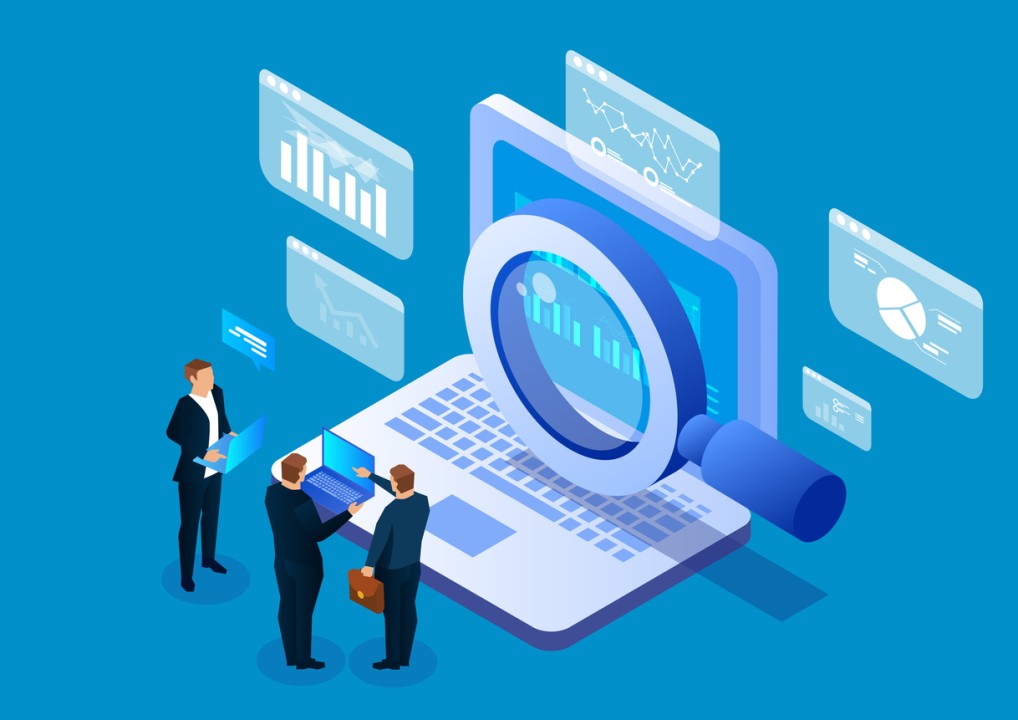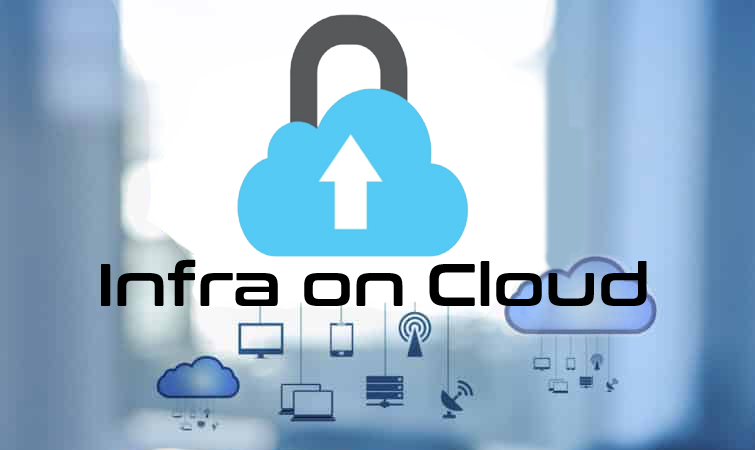What is Endpoint Monitoring?
Endpoint monitoring refers to the process of monitoring and managing the endpoints of a network, such as servers, workstations, laptops, mobile devices, and other computing devices. Endpoint monitoring aims to ensure that these devices are running smoothly, securely, and efficiently.
Endpoint monitoring involves collecting and analyzing data about endpoints’ performance, security, and usage. This can include monitoring CPU and memory usage, network traffic, software installations and updates, and user activity. Endpoint monitoring also involves detecting and responding to security threats such as malware infections, unauthorized access attempts, and data breaches.
Endpoint monitoring tools typically use agents or sensors installed on endpoints to collect and transmit data to a central monitoring console. This allows IT administrators to get real-time visibility into the status of endpoints and take action to address issues as they arise. Endpoint monitoring is an important component of a comprehensive cybersecurity strategy, as it helps organizations detect and respond to security incidents promptly.

Benefits of Endpoint Monitoring
Thread Detection
Endpoint monitoring allows organizations to detect and respond to security threats in real time. It provides visibility into potential security breaches, allowing IT administrators to take action before the threat becomes a significant problem. Endpoint monitoring also helps organizations identify vulnerabilities and implement security measures to prevent future attacks.
Better Efficiency
By monitoring endpoints, organizations can identify issues that impact productivity, such as software or hardware failures. This enables IT teams to quickly resolve issues and keep endpoints running smoothly, minimizing downtime and maximizing productivity.
Reduce Expenses
Endpoint monitoring can help organizations reduce costs by identifying and preventing security breaches, minimizing the impact of software or hardware failures, and reducing the need for manual troubleshooting and support. When issues arise on an endpoint, endpoint monitoring can provide valuable data to help diagnose and troubleshoot the problem
Compliances Achievement
Endpoint monitoring can help organizations achieve compliance with regulatory requirements such as HIPAA, PCI-DSS, and GDPR. By monitoring endpoints for security and data protection, organizations can ensure they meet the necessary standards and avoid costly fines or legal issues.
Complete Visibility and Control
Endpoint monitoring provides IT administrators with a comprehensive view of their network and endpoints. This allows them to identify trends and patterns in usage and behavior, and make informed decisions about resource allocation and network optimization.
Conclusion
In complex networks, automatically managing and monitoring is essential for IT teams or MSPs. Overall, endpoint monitoring is an essential component of any modern IT infrastructure, providing organizations with improved security, productivity, cost savings, compliance, and visibility
![]()

